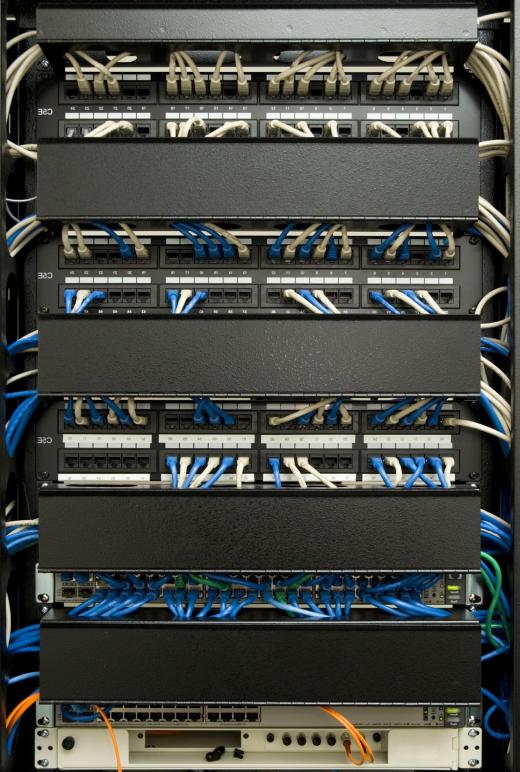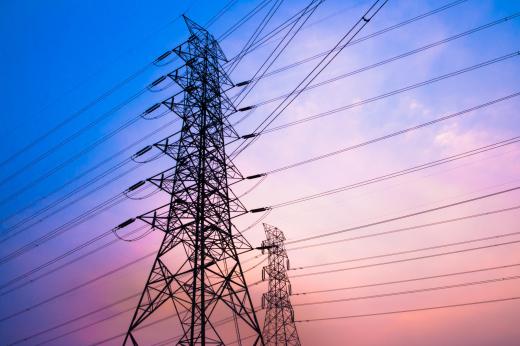A multicore cable is any electrical cable that has more lines in it that what would normally be in a cable of that type. If a cable would typically have four lines within it, it is not multicore if it only has those four lines. If that same cable had an additional four lines, for a total of eight, it would be a multicore cable. These cables are very common in construction, audio and video work and civil construction. The term is generic enough that multicore cables can be of any design or function.
Generally, an electrical cable is a simple thing. A central core made of a conductive material, often copper, is covered in an insulator. That insulator is then covered in a hard sheath to protect the core and the whole thing is covered in plastic to prevent oxidation and provide further protection. While some cables may use twisted cores, plate the conductor or even forgo a layer entirely, the basic design rarely changes very much.

While the basic design of a cable never really changes, things such as the types and size of conductor used or even the thickness of the layers can have an impact on the final purpose of the cable. Some cables have multiple cores by function. These cables will typically have multiple cores each in an insulator and then the hard sheath and plastic coating cover the cores as a single cable. These cables are not multicore because they are designed as single cables.

In order to be a multicore cable, the subcable needs to be complete within the larger enclosure. This means that the cable has all of the necessary parts of a single core cable, but it is wrapped up with other lines. Sometimes, multicore cables will leave out the hard protective sheath in order to keep the cable bundle from becoming too heavy. The end of the cable will often have a large input panel where a wide range of different patch cords can connect to the larger cable. This design is especially common in audio and video work where this type of multicore cable is called a snake.
Outside of media uses, multicore cable is found in many places. Apartment buildings will often have multicore coaxial cables that deliver cable television to the apartments. These cables often lead to a single floor or subsection and every hookup in that area runs through the same multicore cable. These buildings will sometimes bundle other cables as well, depending on use and load. This same process is common in city infrastructure where power, coaxial and telephone cables are placed together into a single main line.
